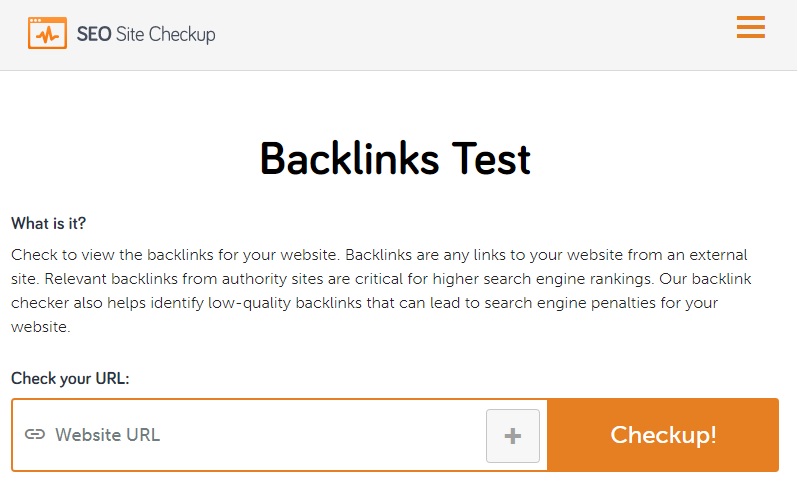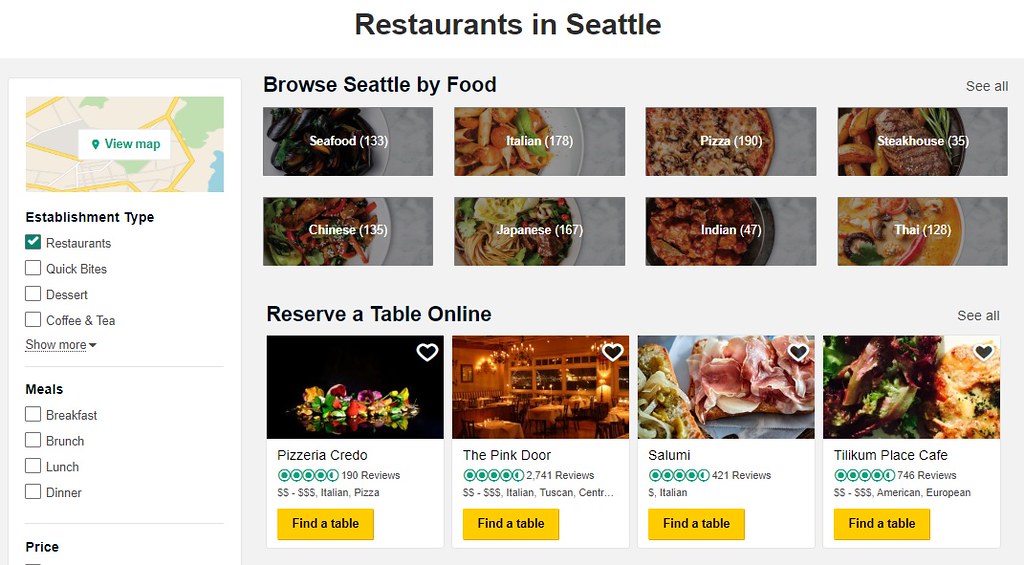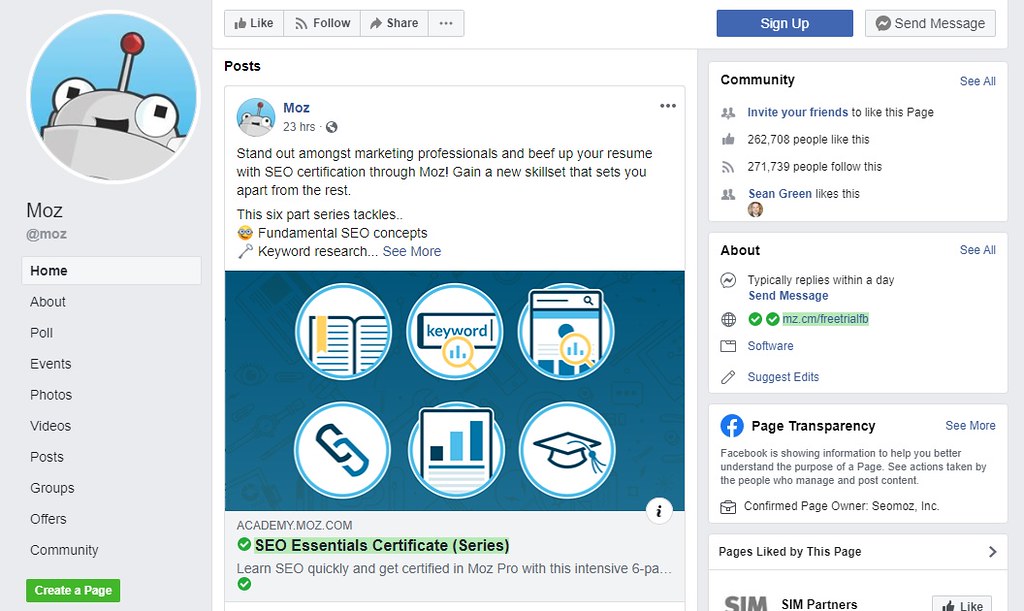When it comes to running a successful website, SEO is key. You need to know who your target audience is and what they’re looking for, then tailor your website accordingly. It’s all about choosing the right keywords, optimizing your content, and providing value to keep readers on your site as long as possible. But how do you get readers to your site in the first place? Read on to learn more about backlinking.
The Basics of Backlinking
In addition to creating high-quality content for your site, you also need to include links. Outbound links are simply links that take your reader to another page or another website entirely. Why would you want to do that? For one thing, linking to another relevant source (particularly one that is well-known in the industry) can add to your site’s credibility. Linking to a credible source makes Google recognize your site as a hub of that resource, improving your ranking. There’s also the chance that the target page might recognize the link and link back to your site.
That’s where backlinks come in. Backlinks are also known as inbound links because they link from another website to your site. Each time another website links to yours, Google considers it a “vote” toward your website’s credibility. The more of these votes you accumulate, the higher your site will rank and the more organic search results you’ll get. Even as Google’s algorithm has changed significantly over time, backlinks have remained a key factor in ranking.

What Does a Good Backlink Look Like?
Not all backlinks are created equal. One high-quality backlink is worth more than dozens of low-quality links. Think back to the days of keyword stuffing, when the current Google algorithm at the time cared more about the number of times a keyword appeared on the page than about the quality of the content. It didn’t take long for Google to see the flaw in that design.
Now Google favors sites that provide valuable information – the same is true for backlinks. But what does a good backlink look like?
Here are five simple ways to tell if a backlink is valuable:
- It comes from a trusted, authoritative website.
- It includes your target keyword in the anchor text.
- The site linking to you is topically relevant to your own site.
- The link comes from a domain that hasn’t linked to you previously.
- It is a “do follow” link rather than a “no follow” link.
Think about it from a reader’s standpoint. Would you rather take advice from a reputable source like Harvard or from a random blog? When it comes to backlinks, links from an authoritative source are more valuable than one that isn’t. These links are tough to get, but they’ll make a huge difference for your website. SEO tools exist online to help you see what sites are linking to you and you can even check for Domain Authority to see what Google thinks of those sites.
Not only should your backlinks come from authoritative sites, but the anchor text should include your target keyword for maximum efficacy. Anchor text is simply the visible part of the link that appears in the text. You don’t want to overboard with it, but the keyword-rich anchor text is correlated with higher rankings for that keyword.
On a related note, you also want to make sure the sites linking to yours are topically relevant to your own site. If your reader wanted to know more about the best restaurants in Seattle, they’d be more likely to trust information that comes from a national travel company than from a tiny blog. If the link comes from a reputable domain that hasn’t linked to you already, it’s even more valuable.

In addition to making sure your backlinks come from reputable and relevant sites (and include your keyword in the anchor text), you also need to pay attention to the type of link. If a link has a “nofollow” tag attached to it, Google and other search engines will ignore it. If you want the link to influence your search engine ranking, it needs to be a “dofollow” link. As an example, many “nofollow” links come from sources like blog comments and paid advertisements.
9 Tips for Successful Back Linking
If backlinking were easy, it probably wouldn’t rank so high in Google’s ranking algorithm. Quality, authoritative sites are more likely to link to other valuable resources which improves the overall quality of the site and its content. Your goal is to create a site that provides value for your readers. Quality backlinks help you do that, and Google will reward you for it.
Getting backlinks is not difficult, but getting quality backlinks is. Here are 9 tips you should incorporate into your link building strategy for successful backlinking:
1. Identify and report broken links. If you’ve identified a site you want a link from, check for broken links on their site and report them to the webmaster. In your message, recommend other sites to replace the broken links, including your own. If you’re lucky, the webmaster may return the favor by linking to your site.
2. Create and share infographics. Infographics are a great way to communicate information and, best of all, they’re easy to share. Create your infographic, make it sharable with embedded code and post it on your own website for others to find and link to. You can also submit it to an infographic directory for more traffic.
3. Write guest posts for other sites. Guest blogging is a great way to reach new readers and it helps you establish your own authority in the industry. When publishing a post, be sure to link to your social media profiles so readers can follow you back to your own site for similar content in the future.
4. Copy your competitors. If you want your site to stay relevant, you want to keep up with your competitors to make sure you’re not falling behind and to take advantage of gaps they leave with their own content. You can also “spy” on their social media accounts to see what they’re doing to earn backlinks so you can use some of those methods yourself.

5. Build internal links on your own site. Using internal links is an essential SEO strategy but it can also help pass the “link juice” around your own site. A good internal linking structure will improve navigation and increase the overall reader experience.
6. Promote your content. Great content won’t do you much good unless it’s out there for your readers to find. Paid advertisements have their uses, but they’re not particularly valuable for backlinking. Instead, look for websites that run weekly or monthly roundups of new content in certain niches. Contact the webmaster with an intro of your site and links to some of your top-performing content – they might just include you in their next roundup!
7. Write testimonials for other sites. If there’s a particular site or product you find yourself using or referencing a lot, write up a testimonial for it. It only takes a few minutes of your time and you might be rewarded with a link in exchange for your testimonial.
8. Reach out to influencers and journalists. Another way to promote your site is to actually reach out to journalists and influencers in the industry to let them know about your site. It can be tough to find someone’s email address, but you can always use social media as a backup.
9. Make a donation to an organization in your industry. It sounds a little like buying a backlink, but it’s really a win-win scenario. Find nonprofit organizations in your niche that accept donations and link back to the sites that have donated.
There is no one-size-fits-all formula for successful SEO, but backlinks should definitely be included in your SEO strategy. Online tools like SEO Site Checkup make it easy to view your backlinks and referring domains as well as other aspects of SEO to help you make positive changes to boost SERPs.
